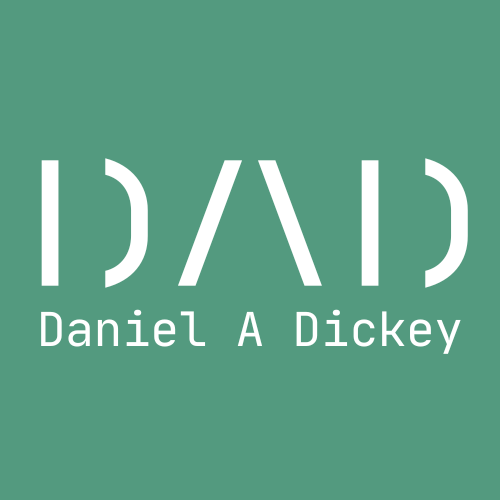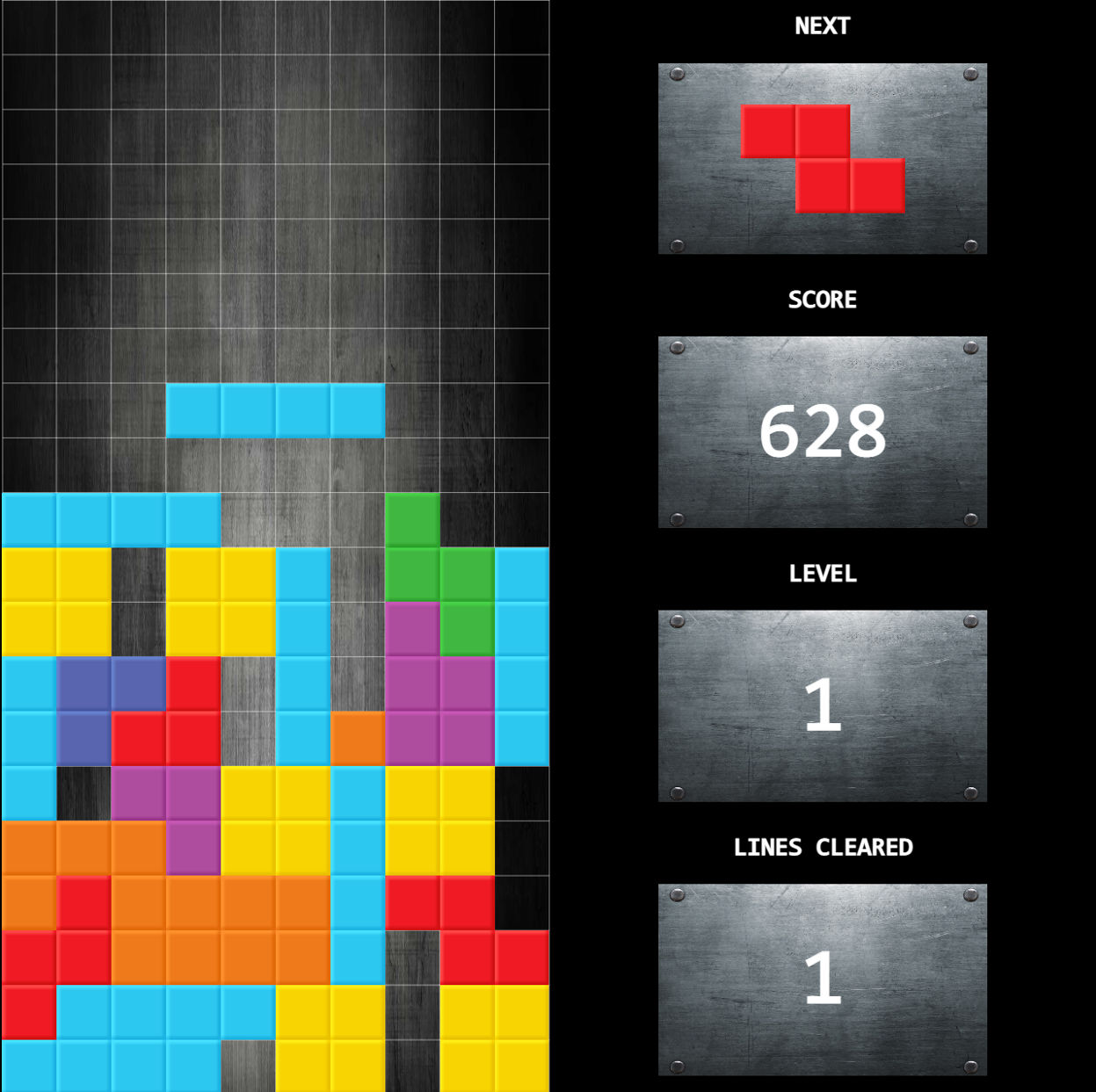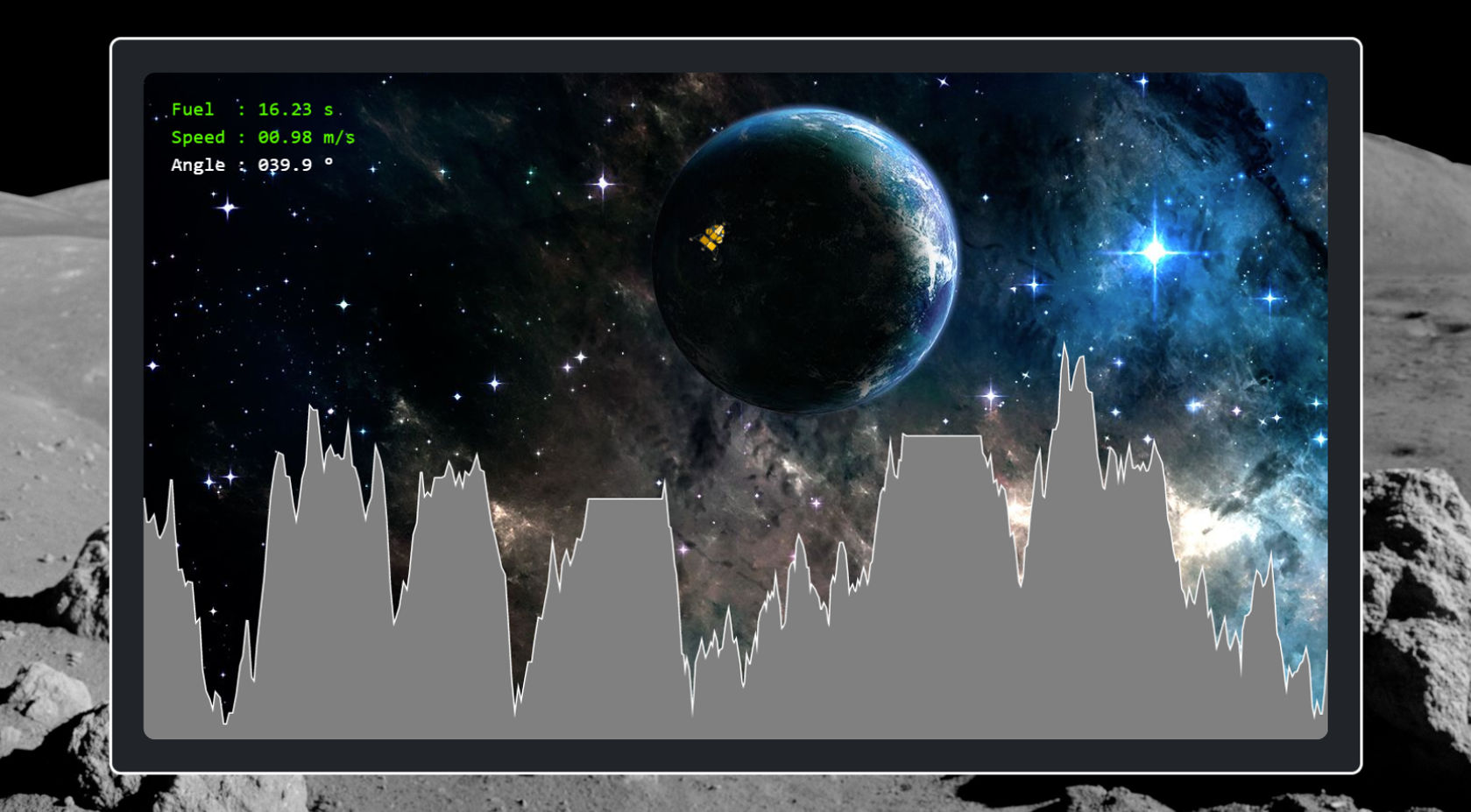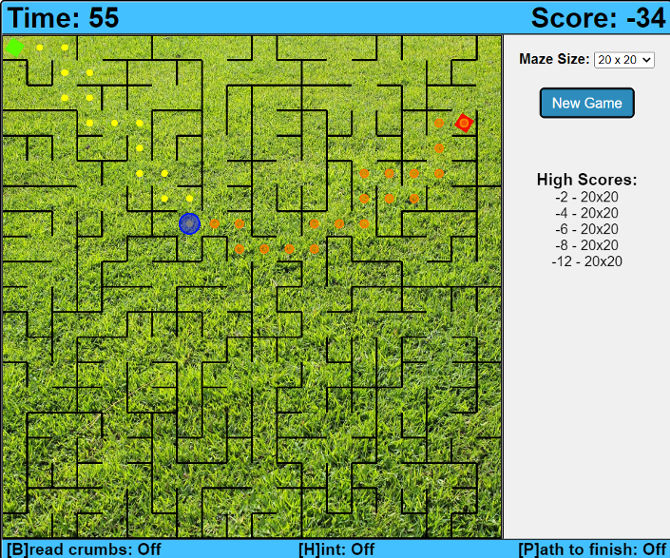

Welcome to my website. I’m a full-stack software engineer with a strong background in back-end development. With a computer science degree and hands-on industry experience, I build user-friendly software solutions from start to finish. Feel free to explore my projects and reach out with any questions.

I’m a member of The Church of Jesus Christ of Latter-day Saints, born and raised in Utah. I’ve always loved technology, building things, and the outdoors. After high school I served four years in the U.S. Army, including three combat deployments to Iraq. I’m also a marathon runner, having completed the Charlotte Marathon twice.
During the pandemic I earned a Bachelor of Science in Computer Science from Utah State University in 2023. I then began my professional journey as a software engineer at a multinational IT consulting firm, where I built skills in real-world software development every day. Within a short time I was promoted to Senior Software Engineer, and later advanced to Associate Consultant, reflecting my contributions and leadership on client projects.

I built a browser-based Tetris clone with sound, music, particle effects, customizable controls, and a high score system. It even includes an attract mode that plays automatically if the user is idle, similar to classic arcade cabinets.
Try Tetris
I recreated the classic Lunar Lander game with physics simulation, randomly generated terrain, sound, customizable controls, and particle effects. Scores are based on the fuel remaining after a successful landing.
Pilot the lander
My first web game generates a random maze using Prim’s algorithm and solves it with a recursive depth-first search. The app can show hints or a complete solution path in real time as the game is played.
Find your way
As part of a four-person team, I helped build a Django-based auction site for a local elementary school's fundraiser. We rotated Scrum Master duties, tracked work with burndown charts, and used GitHub for version control. My focus was on the user interface and controller layer, as well as building data models and automating database test loads.
View the code repository
I explored audio classification with convolutional neural networks (CNN) in TensorFlow. I compared CNNs, ensembles of CNNs, and a random forest (RF) on labeled bee, cricket, and ambient audio data. The single CNN model produced the highest accuracy, outperforming the ensembles and RF.
View the code repository
I developed a native Android app for the Cache Valley Transit District. It parses XML from the CVTD API to update bus positions in real time using the Mapbox SDK. The app also shows the user’s location and supports banner ads through Google AdMob.
View the code repositoryI’m a full-stack software engineer and U.S. Army veteran with a background in logistics, security, and technology. I hold a B.S. in Computer Science and have experience in investigations, software development, and consulting. I focus on solving problems end-to-end, from system design to deployment, and I bring the same discipline and commitment I developed in the Army into my technical work. Click the button below to download my most recent resume.

